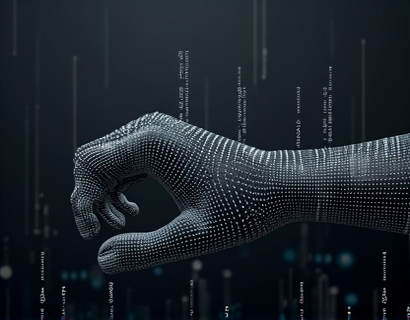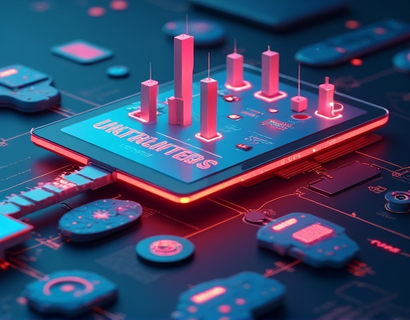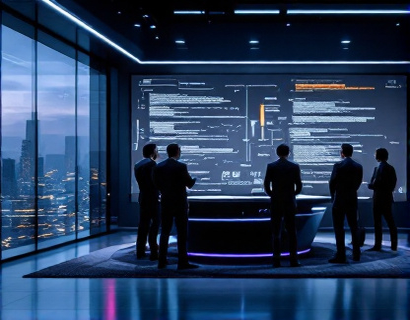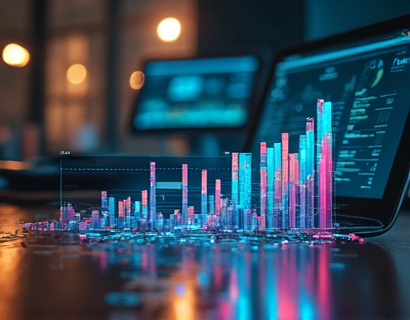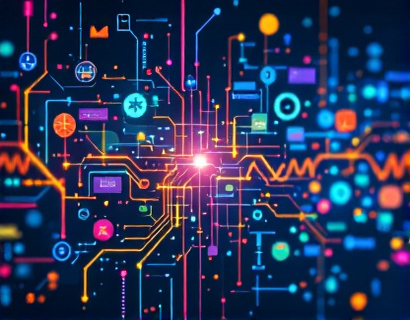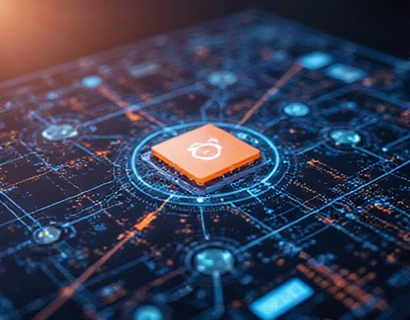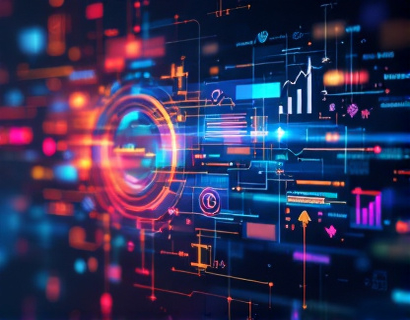Unleashing Advanced Digital Transformation: The Synergy of Crypto and AI
The intersection of cryptocurrency and artificial intelligence (AI) represents a pivotal moment in the evolution of digital technologies. This synergy is not just about combining two powerful tools but about creating a new paradigm for digital transformation. The integration of blockchain and AI is reshaping the way we interact with digital ecosystems, offering enhanced security, efficiency, and personalized experiences. This article delves into the transformative potential of this union, exploring its applications and the profound impact on user experiences and business growth.
The Foundations of Cryptocurrency and AI
To understand the synergy between cryptocurrency and AI, it's essential to first grasp the fundamentals of each technology. Cryptocurrency, exemplified by Bitcoin and Ethereum, is a digital or virtual currency that uses cryptography for security and operates on a decentralized network known as a blockchain. This decentralized nature ensures transparency, immutability, and reduces the need for intermediaries.
Artificial intelligence, on the other hand, involves the simulation of human intelligence processes by machines, particularly computer systems. These processes include learning (the acquisition of information and rules for using it), reasoning (using rules to reach approximate or definite conclusions), and self-correction. AI's capabilities range from simple data analysis to complex decision-making and natural language processing.
The convergence of these technologies is driven by the unique strengths they bring to the table. Cryptocurrency provides a secure, transparent, and decentralized platform, while AI offers advanced analytics, automation, and intelligent decision-making. Together, they can create robust, secure, and intelligent digital ecosystems.
Enhancing Security through Blockchain and AI
One of the most significant benefits of combining cryptocurrency and AI is the enhancement of security measures. Blockchain's inherent security features, such as cryptographic hashing and consensus mechanisms, provide a robust framework for protecting data. AI can further bolster these defenses by detecting and mitigating threats in real-time.
Machine learning algorithms can analyze patterns and anomalies in transaction data to identify potential fraud or security breaches. For instance, AI-driven systems can monitor blockchain networks for unusual activity, such as sudden spikes in transaction volumes or unexpected transfers, and trigger alerts or automated responses to neutralize threats. This proactive approach to security is crucial in an environment where cyber threats are increasingly sophisticated.
Moreover, AI can improve the overall security of cryptocurrency wallets and exchanges. By analyzing user behavior and transaction patterns, AI can detect unauthorized access attempts and prevent unauthorized transactions. This not only protects individual users but also enhances the trust and reliability of the entire ecosystem.
Optimizing Operations with AI-Driven Blockchain Solutions
The operational efficiency of blockchain networks can be significantly improved through the integration of AI. Blockchain's decentralized nature, while beneficial for transparency and security, can lead to scalability issues and high transaction costs. AI can address these challenges by optimizing network performance and reducing costs.
For example, AI can be used to optimize block propagation and validation processes. By analyzing network traffic and transaction volumes, AI algorithms can dynamically adjust parameters such as block size and difficulty, ensuring smooth and efficient operation. This adaptive approach can reduce congestion and lower transaction fees, making blockchain more accessible and user-friendly.
Additionally, AI can streamline smart contract execution. Smart contracts are self-executing contracts with the terms of the agreement directly written into code. However, the execution of complex smart contracts can be resource-intensive and prone to errors. AI can pre-analyze smart contract code to identify potential issues, optimize execution paths, and ensure compliance with predefined rules. This not only enhances reliability but also reduces the risk of costly mistakes.
Personalized User Experiences through AI and Cryptocurrency
One of the most exciting applications of the crypto-AI synergy is the creation of personalized user experiences. By leveraging AI's data analysis and machine learning capabilities, platforms can offer tailored services and recommendations based on individual user preferences and behaviors.
In the context of cryptocurrency, AI can analyze user transaction history, investment patterns, and market trends to provide personalized investment advice and portfolio management services. For instance, AI-driven trading bots can execute trades based on real-time market data and user-defined strategies, helping users maximize returns and minimize risks.
Moreover, AI can enhance the user interface and experience of cryptocurrency applications. Natural language processing (NLP) enables chatbots and virtual assistants to provide intuitive and responsive support, guiding users through complex processes and answering queries in real-time. This level of personalization not only improves user satisfaction but also fosters greater engagement and loyalty.
Fostering Innovation and Growth through Blockchain and AI
The combination of blockchain and AI is not only about enhancing existing processes but also about driving innovation and fostering growth in the digital realm. This synergy opens up new possibilities for businesses and developers, enabling them to create novel applications and services that were previously unimaginable.
For instance, decentralized finance (DeFi) platforms leverage both blockchain and AI to offer financial services such as lending, borrowing, and trading without traditional intermediaries. AI algorithms can analyze market data and user behavior to optimize lending rates, assess creditworthiness, and detect fraudulent activities. This creates a more efficient, transparent, and inclusive financial ecosystem.
In the realm of supply chain management, the integration of blockchain and AI can revolutionize traceability and efficiency. Blockchain provides a transparent and immutable record of transactions, while AI can analyze this data to predict demand, optimize inventory levels, and identify bottlenecks. This combination ensures a seamless and resilient supply chain, reducing costs and improving customer satisfaction.
Challenges and Considerations
While the potential of combining cryptocurrency and AI is vast, there are several challenges and considerations that must be addressed. One of the primary concerns is regulatory compliance. The decentralized and often anonymous nature of cryptocurrency transactions can pose regulatory challenges, especially when integrated with AI systems that handle sensitive data.
To navigate these challenges, it's crucial to develop clear and adaptive regulatory frameworks that balance innovation with consumer protection. Collaboration between regulators, technologists, and industry stakeholders is essential to create guidelines that promote responsible use and innovation.
Another consideration is the technical complexity involved in integrating blockchain and AI. Developing robust and scalable solutions requires expertise in both domains. Organizations must invest in skilled professionals and cutting-edge technologies to overcome these technical hurdles.
The Future of Crypto and AI: A Bright Horizon
The future of the crypto-AI synergy is promising, with numerous opportunities for growth and innovation. As technology continues to advance, we can expect even more sophisticated applications that further enhance digital experiences and drive economic growth.
One area of future development is the integration of blockchain and AI in the Internet of Things (IoT). Smart devices connected through IoT can generate vast amounts of data, which AI can analyze to optimize device performance and user experiences. Blockchain can ensure the secure and decentralized management of this data, creating a more resilient and privacy-focused IoT ecosystem.
Another exciting frontier is the intersection of blockchain, AI, and quantum computing. Quantum computing has the potential to solve complex problems that are currently intractable for classical computers. When combined with blockchain and AI, quantum computing can revolutionize fields such as cryptography, optimization, and data analysis, opening up new possibilities for secure and efficient digital transformations.
In conclusion, the synergy between cryptocurrency and AI represents a transformative force in the digital landscape. By enhancing security, optimizing operations, personalizing user experiences, and fostering innovation, this combination is reshaping the way we interact with digital ecosystems. As we continue to explore and harness this synergy, the potential for creating more intelligent, secure, and user-centric digital solutions is limitless.




